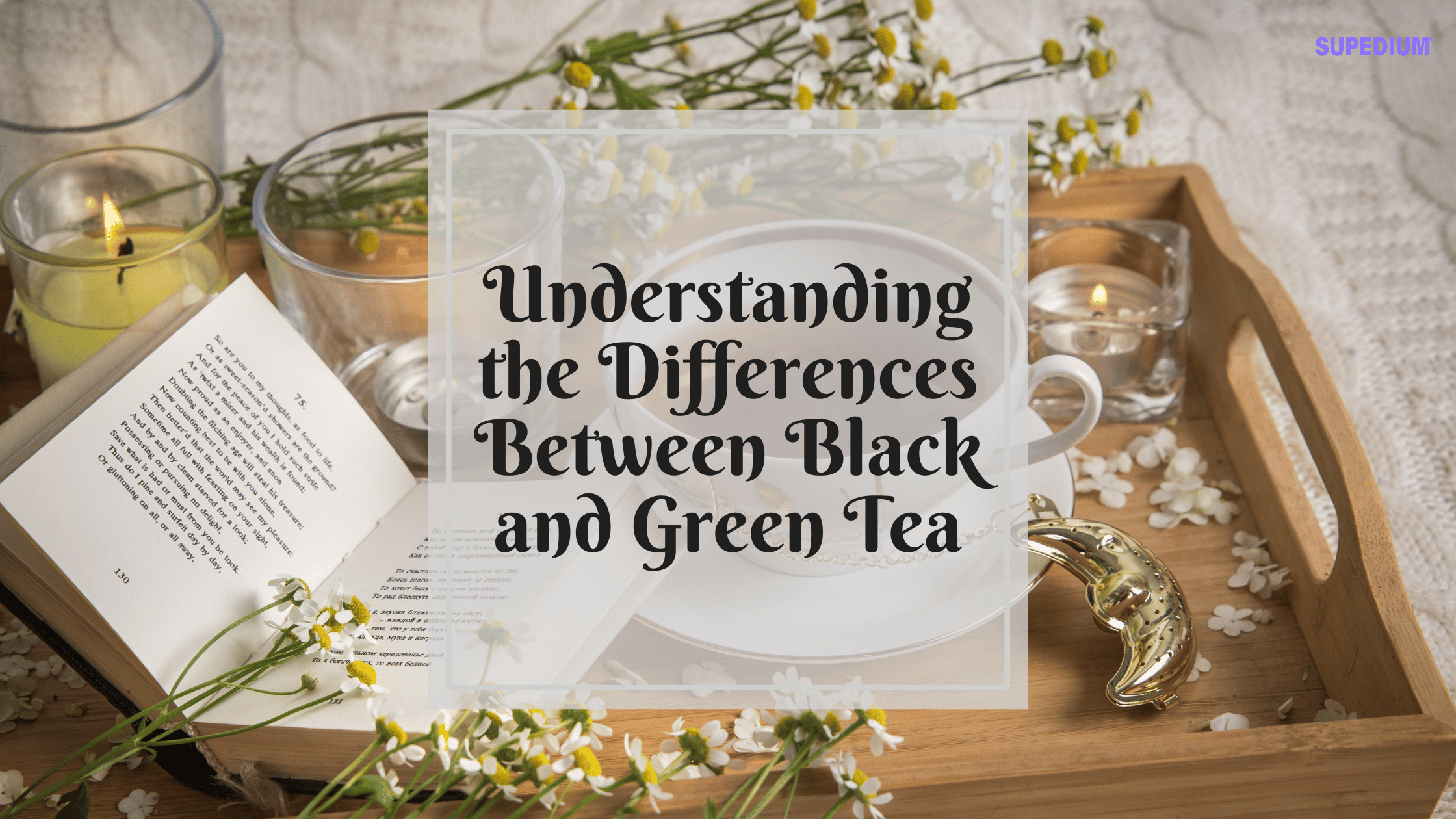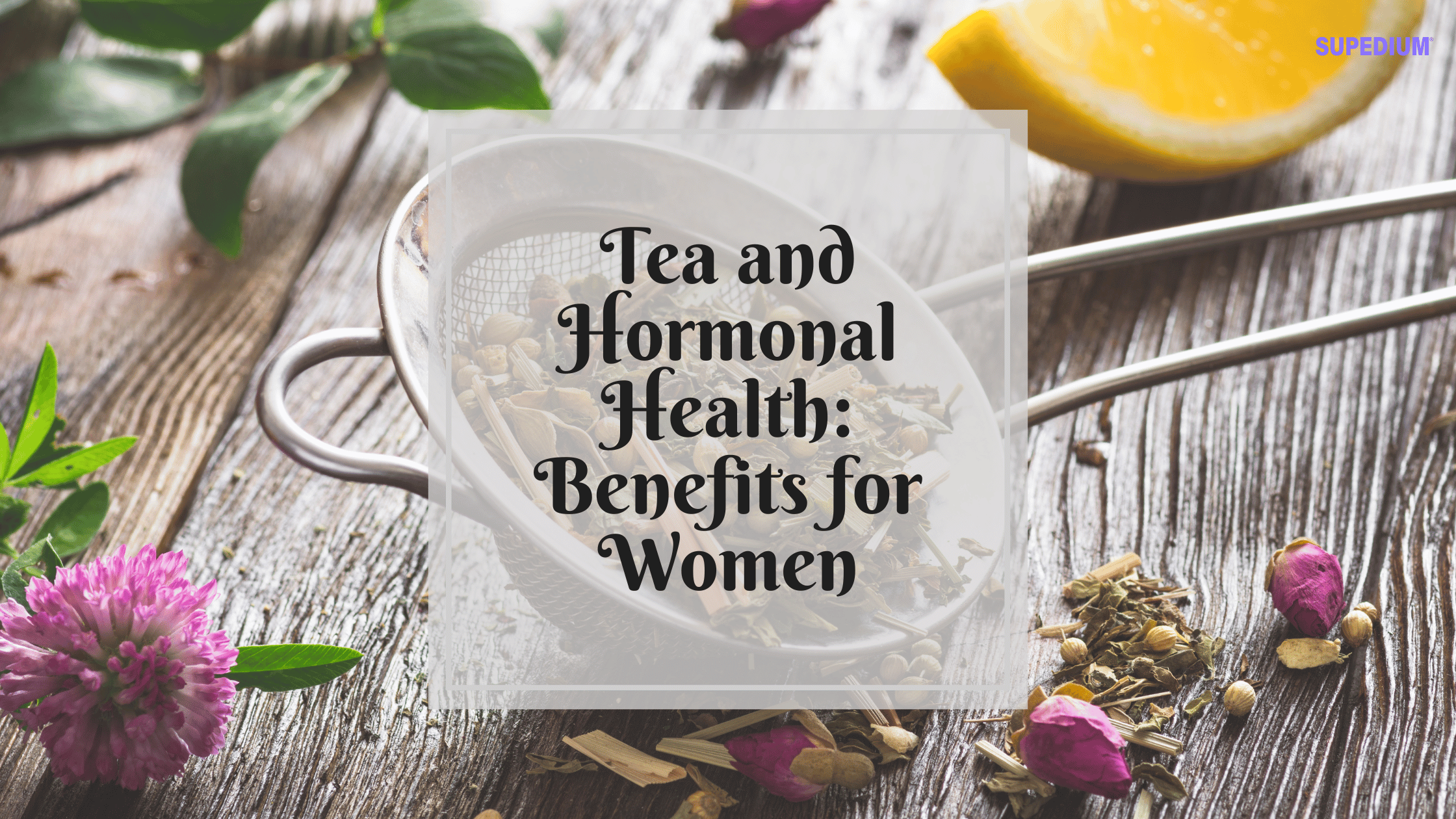Table of Contents
![]()
Oolong teas drop to the oxidation scale between Black and Green teas. Though this might appear an insignificant factor, it yields a broad collection of tastes and tea fashions. Translated, Oolong means “Black Dragon”.
There are two theories about the origin of the name. The first is that the title comes from the overall look of the oolongs. This Wu Yi oolongs’ big leaves are oxidized and might be asserted to seem something. The concept tells of a tea manufacturer who had been frightened away from tending with a dragon to his tea. From the time he’d returned the leaves had partly oxidized, so he called this new sort of tea “Black Dragon.”
The traditional house of oolong is China (in both Guangdong and Fujian provinces) and Taiwan. These are the sources that set the benchmark for manufacturing, which can be among the most time-intensive. Now, freshwater can also be produced by Darjeeling, Malaysia, and Korea, to name only a couple. A few of the more famous examples comprise Fancy Formosa Silver Tip (‘Formosa’ is the prior name of Taiwan), WuYi stone oolongs, Tung Ting, Ti Guan Yin, and Pouchong.
Oolong is a tea produced out of big leaves, which may resist oxidizing procedure and the rolling. (if conventional tea creation is the latest two leaves and a bud, oolong can be three or four leaves and a bud). The leaves are withered to eliminate some moisture after being straightened. The leaves are then rolled, and that may occur in many ways – bending, bending into tight balls, etc.. The leaves are permitted for a short time to simmer and break. For oolongs, those 2 measures – re and rolling – have been replicated several times, making layers of odor and taste.
Mild heating in-between measures keep under control this slow browning of the foliage. With green tea, we are aware that oxidation is stopped by warmth, but only. Lower temperatures (under 130 degrees) will only slow down. This processing is what makes oolongs to create – one batch may take days, from crop to packaging.
Oolong teas vary considerably in flavor but in prep time. Darker oolongs (highly oxidized) generally require quite hot or perhaps boiling water to get the leaves to start-up and release their oils. Greener oolongs (lightly oxidized) may take water only above the temperature where green tea is brewed – about 185 or 190 levels. Steep time is to your taste; oolongs are made to be infused several times if you’re doing just two steepings at 10 at a single minute or 4 minutes per day is your choice! The Chinese Gong Fu tea design (with a little Yixing clay pot stuffed with leaves) is about the ceremonious artwork of serving freshwater.
For leaf teas that were an instance, it is strongly suggested that you use 2 tsp per cup of water. The tightly wrapped oolongs are a skillet, based on the potency of the taste needed. All of the oolongs will unfurl to be massive leaves, so bear this in mind when preparing them. When crammed into an infuser or tea ball they want legroom to float about and do not give a decent taste.
The Health Benefits of Oolongs
Some companies have gone to great lengths recently to advertise oolong teas (beneath the titles Wu Long or even Wu-Long) as fat loss teas. There’s not any evidence to indicate that green tea is in helping weight loss some more successful. All teas have the very same advantages that are discussed on tea’s health benefits.
Monkey-Picked Oolongs
Another myth is that there are chosen by primates. We have heard this fantasy told two manners. The first monks in China trained monkeys to get hard to reach leaves and out on the branches to climb up on the shore. The next variant is that the monks threw rocks and sticks from the trees at the reptiles, making them jump about and break off branches, letting the leaves to be readily retrieved by the monks. Irrespective of your variant, there’s absolutely no evidence now that monkeys are included in any degree of tea production. “Monkey-Picked” can be used only to refer to some rare creation. It implies that the tea came out of a location that is tough to harvest, out of reach of anybody but, well, the monkeys and greater. Rarer levels of Ti Kuan Yin are usually known as “Monkey-Picked Ti Kuan Yin”.
Share This




Be the first to comment